After a decade of remediation and construction, a derelict industrial building along the Gowanus Canal in Brooklyn has been transformed into a state-of-the-art fabrication facility and makerspace for ceramic, print, and public art, as well as space for events and education. Known as Powerhouse Arts, the property is located at 322 3rd Avenue and was transformed by Pritzker Prize-winning design studio Herzog & de Meuron, alongside New York City’s PBDW Architects.
The hulking six-story building was originally constructed in 1904 and functioned as the Brooklyn Rapid Transit Company’s central power station. The station was decommissioned in the 1950s, then fully vacated by the 1970s. Following a partial roof collapse, the building was frequented by squatters, graffiti artists, and all-night rave seekers in the 2000s, which earned the property its infamous “Gowanus Batcave” moniker.
In 2012, philanthropist Joshua Rechnitz purchased the property for $7 million and commissioned Herzog & de Meuron to help redevelop the building into an artists’ studio. Construction kicked off in 2016, but then things got complicated.
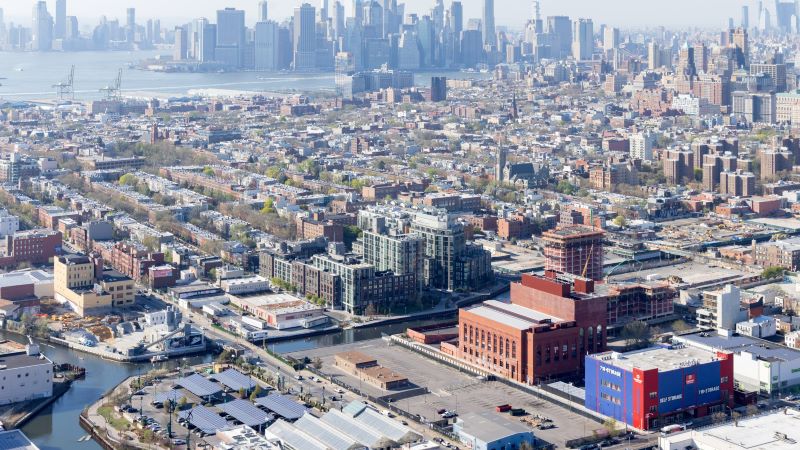
Aerial view of Powerhouse Arts, the Gowanus Canal, and surrounding neighborhood – Photo by Iwan Baan
The Landmarks Preservation Commission designated the building a New York City landmark, which required the team to comply with strict guidelines governing historic redevelopment projects. Also, the contamination of the site’s soil and groundwater was so pervasive that all existing materials had to be dredged, excavated, and replaced before any significant structural work could begin.
Now complete, Powerhouse Arts’ debut marks the culmination of painstaking restorative work and more than $180 million of private investment.
The facility comprises 170,000 square feet of workshop space for wood, metal, ceramics, textile, and print fabrication, as well as flexible event space that will be used to generate revenue. In recognition of the structure’s century-long journey from a power station to a formally reclaimed space for makers and artists, much of the artwork and graffiti found on the building’s façade and interior walls have been preserved for the next generation of use.
Subscribe to YIMBY’s daily e-mail
Follow YIMBYgram for real-time photo updates
Like YIMBY on Facebook
Follow YIMBY’s Twitter for the latest in YIMBYnews

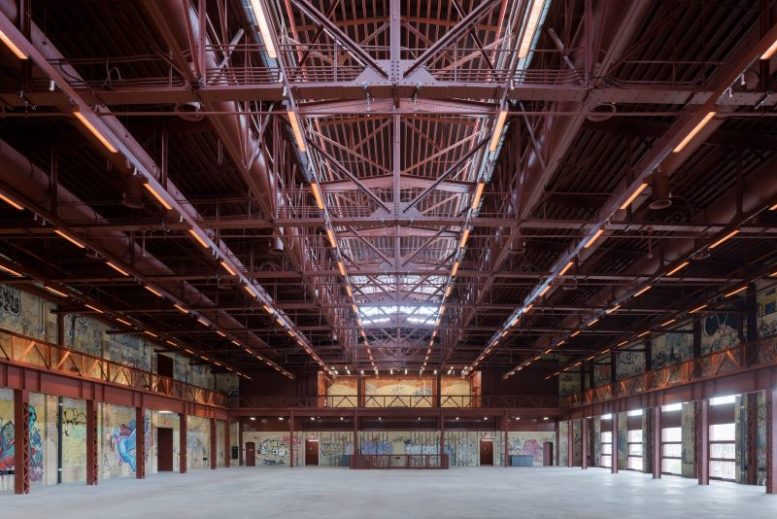
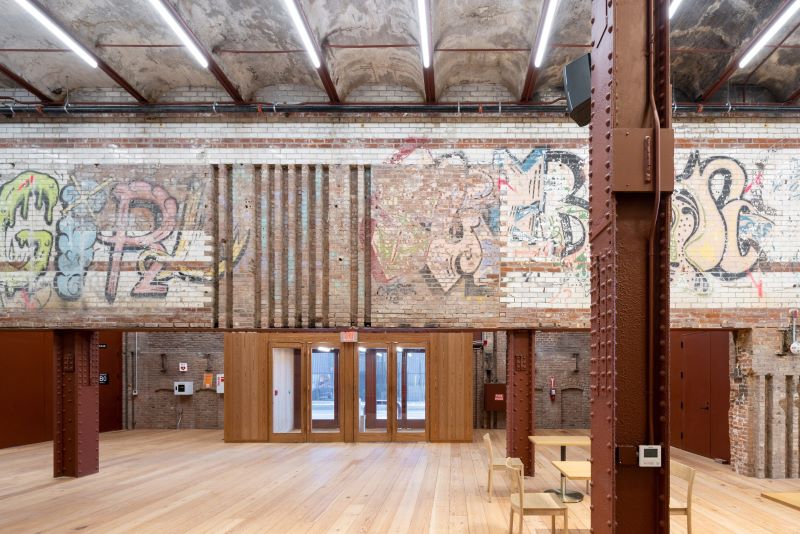
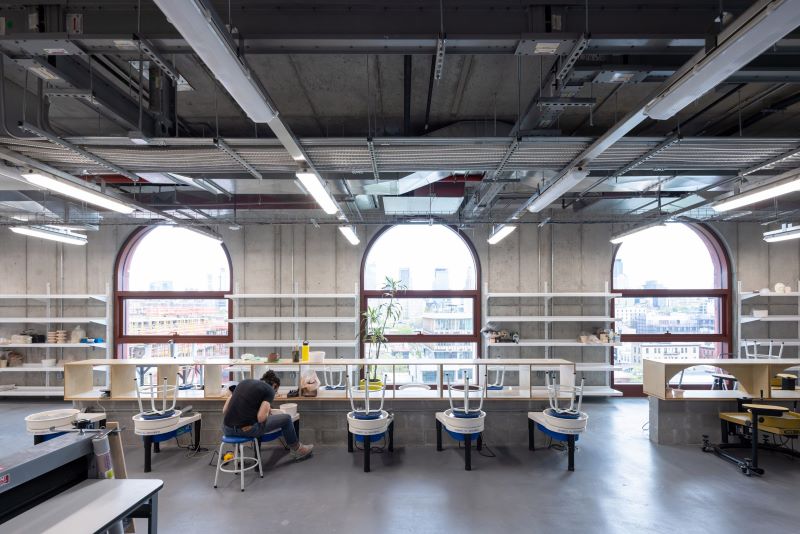
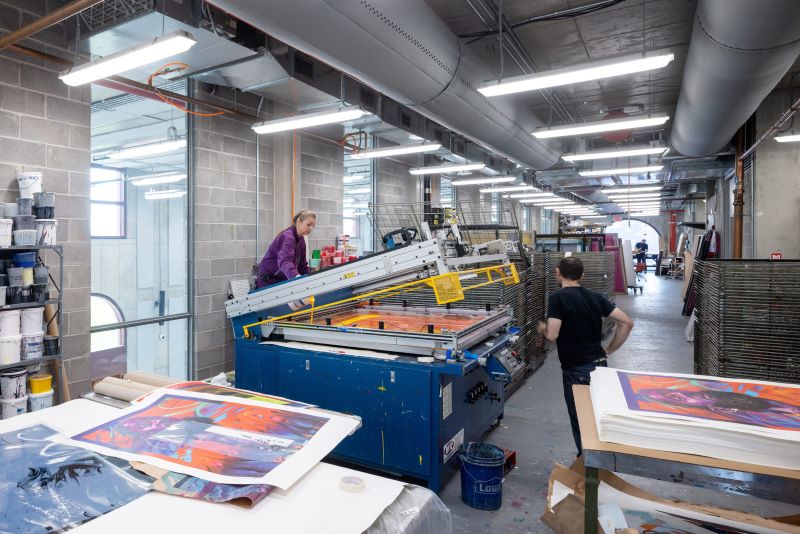
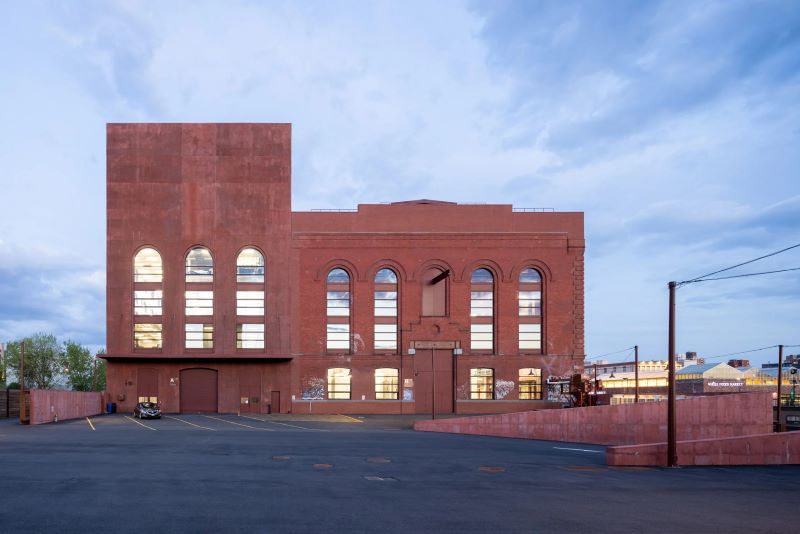
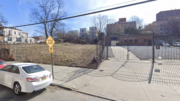
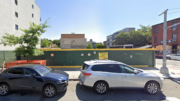
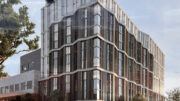

Be the first to comment on "Herzog & de Meuron Transform Infamous ‘Gowanus Batcave’ Into Powerhouse Arts Facility in Brooklyn"